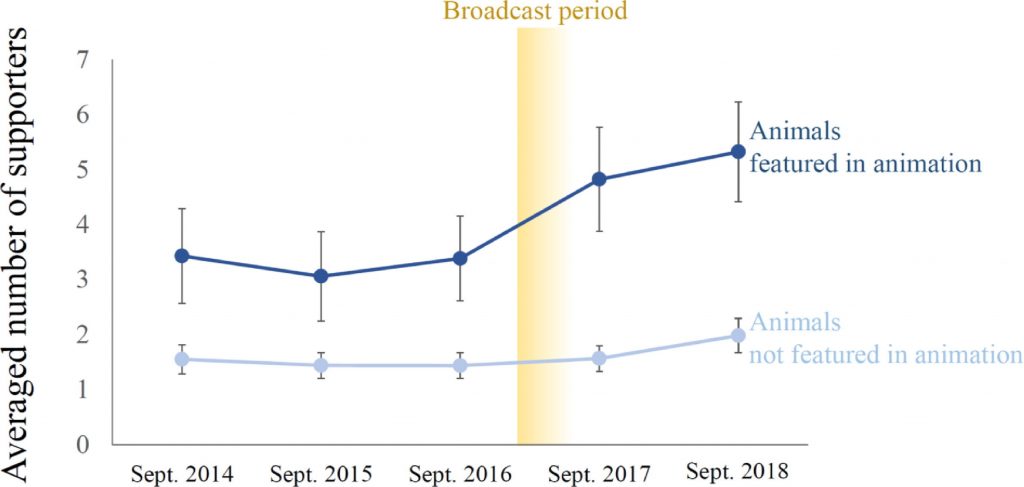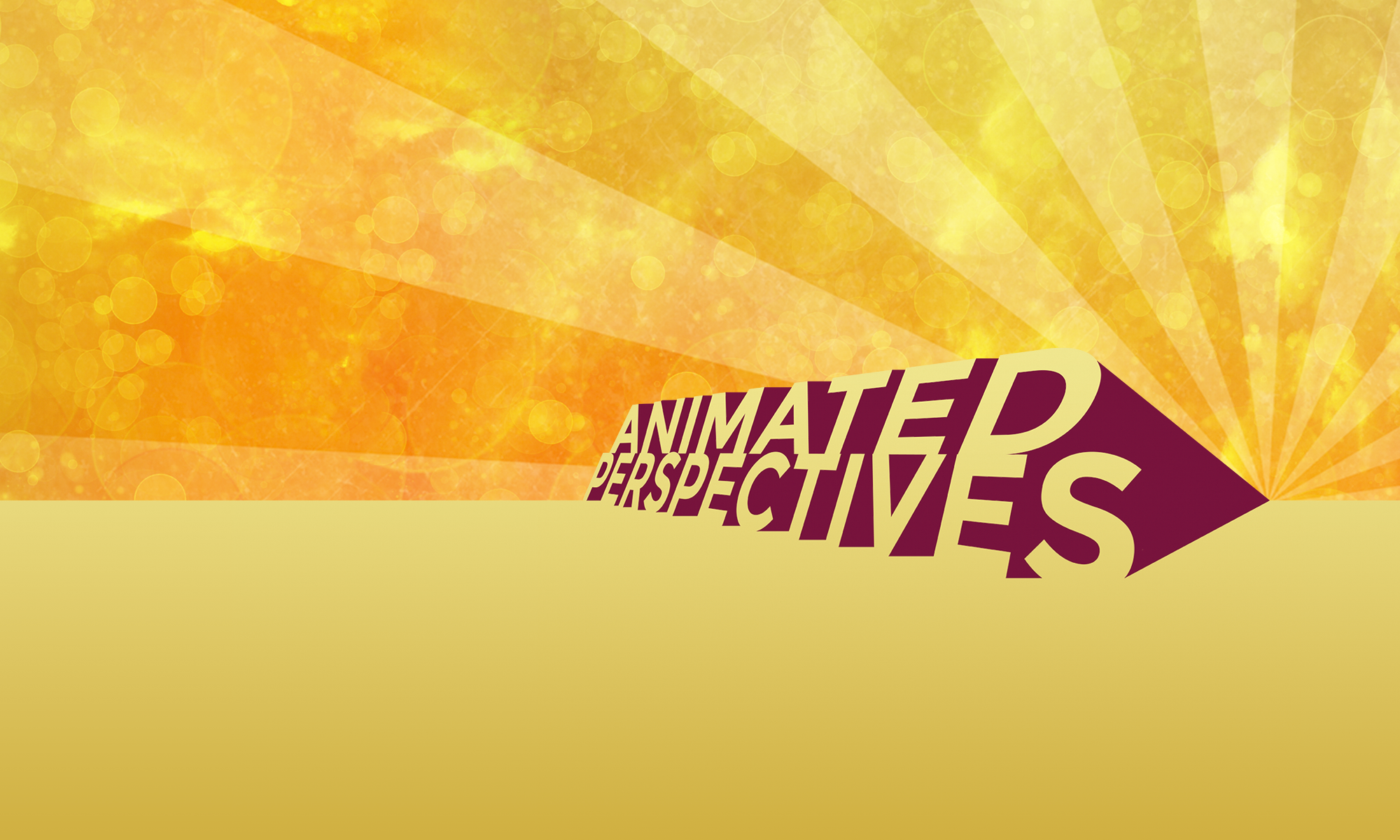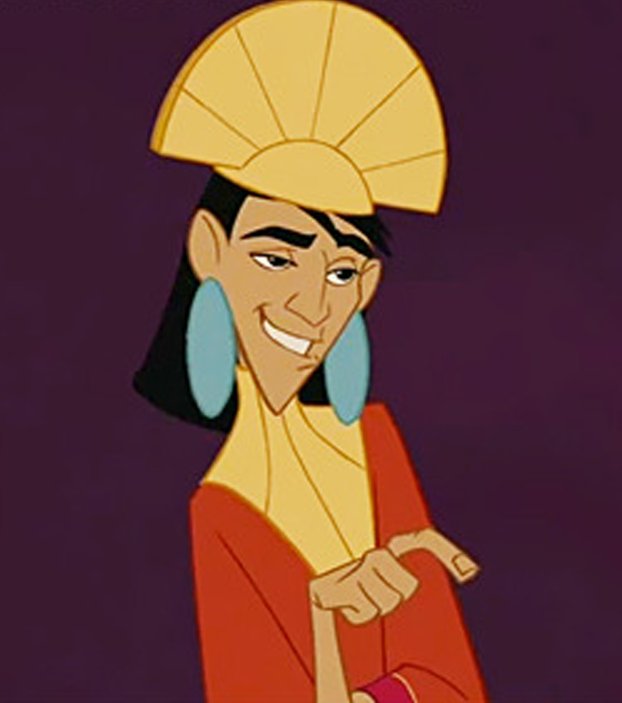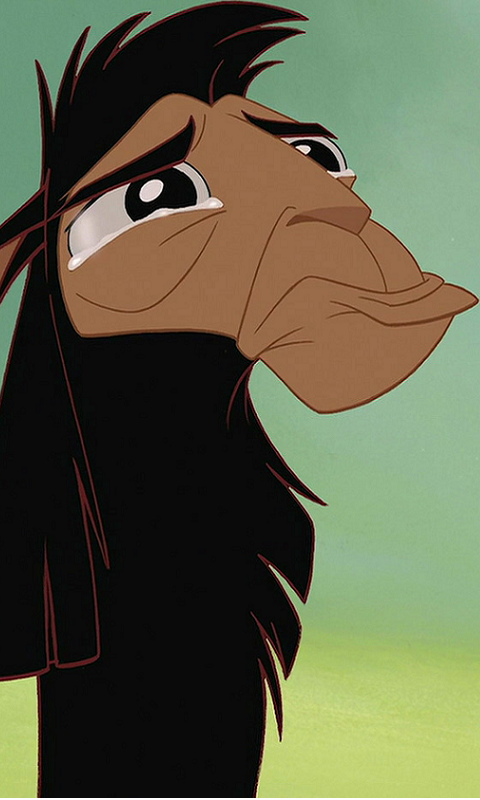Throughout our lifetime, many of us have seen the positive effects of animation. We see how a show or movie can inspire a child to pick a new favorite animal, like loving clownfish after Finding Nemo. You might even want a pet clownfish yourself, but, what will happen if too many people want clownfish as pets? They become endangered. This is how the story unfolds after the release of “Finding Nemo” in 2003 when the species nearly went extinct. A clown fish named Marlin lives in the Great Barrier Reef and loses his son, Nemo. He ventures into the open sea, despite his father’s constant warnings about many of the ocean’s dangers. Nemo is then abducted by a boat, netted up, and sent to a dentist’s office in Sydney. The film is the journey to return Nemo to the sea.
The film’s entire message is that Nemo belongs in the ocean, NOT an aquarium. It was a shock to many, especially those individuals working in the field of biodiversity and conservation, that so people completely missed the theme and sought to buy wild-caught or farmed clownfish.
Other films have also caused a spike in the purchasing of featured animals. Just one year after the 1996 release of “101 Dalmatians,” there was a 300 percent increase in dalmatian populations in shelters, which was caused by hundreds of impulse purchases of dalmatian puppies after the movie’s release. People soon realized that this breed doesn’t do too well with children, leading to mass abandonment at shelters. There was also a surge in owl sales after the Harry Potter films. The “Teenage Mutant Ninja Turtles” movie also spiked turtle sales.

But! There is a silver lining to this gray cloud of information. Not only does animation increase sales of certain animals, but it also raises the public interest in those animals. The more public interest in the animals, the more funding and support they will receive. A study conducted in Japan measured how much an animated animal series rose public interest in animal conservation and zoo donations. They found that both zoos and animal-centered animation increased public interest in and support for endangered animals and they have great potential to contribute towards global biodiversity conservation.

While some may feel that movies like “Finding Nemo” or “101 Dalmatians” cause more harm than good, I strongly believe that they are invaluable in sparking the love of animals in children all around the world. Not only should we care about conserving natural habitats, but we should also care for the animals within them. Animated movies and shows are a great educational tool and they’re fun! There is so much more possible in the realm of animation: there are endless possibilities in how to foster an animal-loving mentality in kids and adults today. With more support from the public, endangered species have a much better chance of survival, therefore we need to increase the amount of animated material that focuses on animals and their importance to our world.
SOURCES
https://www.sciencedirect.com/science/article/pii/S0048969719353446
https://www.chicagotribune.com/nation-world/ct-finding-dory-blue-tang-population-20160518-story.html








